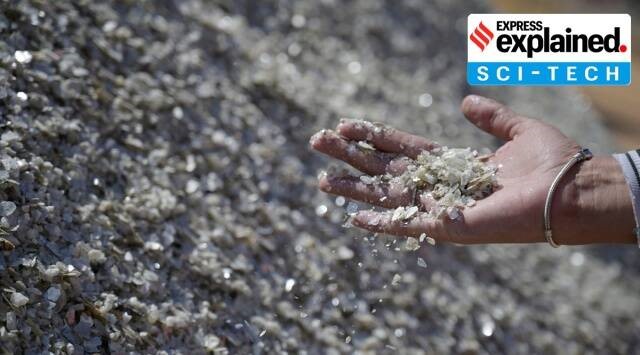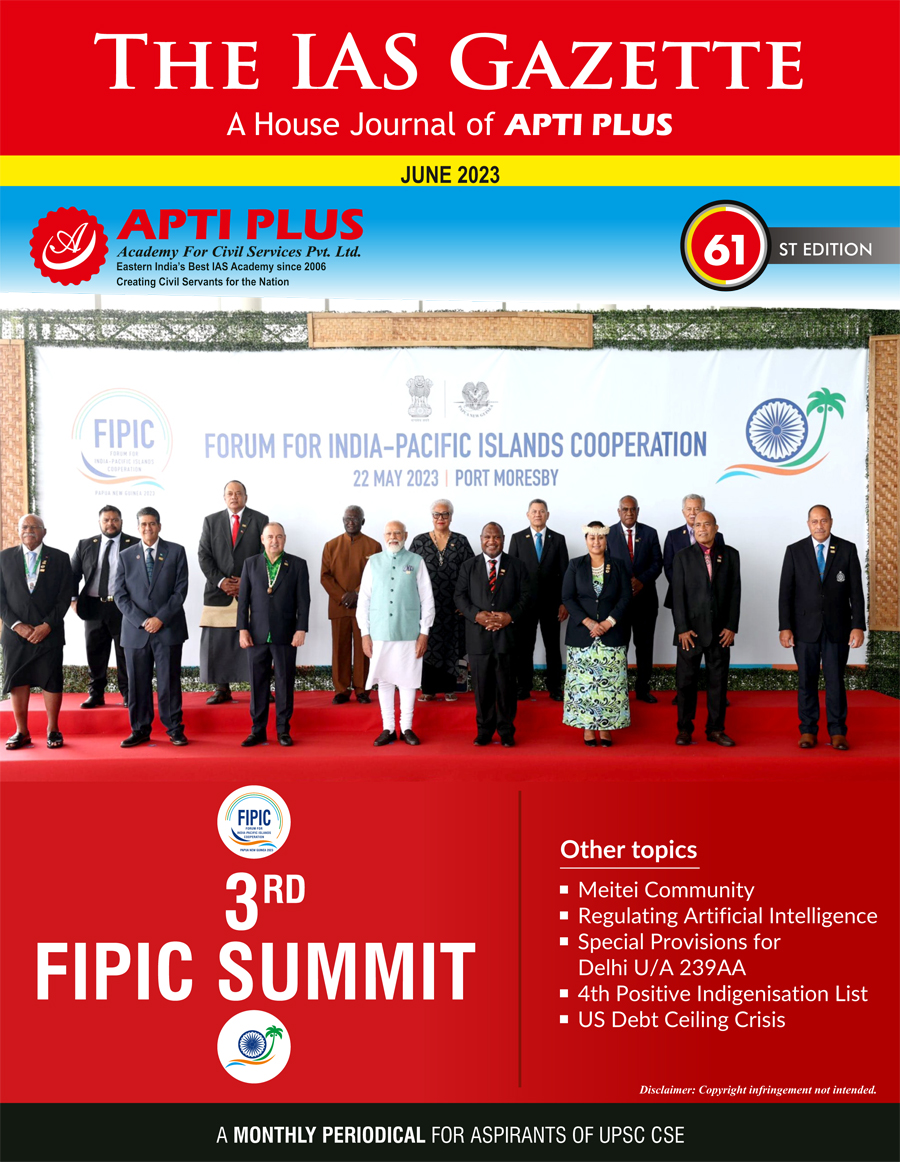
Disclaimer: Copyright infringement not intended.
Context
- The unveiling of the first-ever report on "Critical Minerals for India" by the Union Minister of Coal, Mines & Parliamentary Affairs, Shri Pralhad Joshi.
Details
- The Union Minister of Coal, Mines & Parliamentary Affairs, Shri Pralhad Joshi, recently unveiled the first-ever report on "Critical Minerals for India."
- The report aims to identify and prioritize minerals essential for various industrial sectors and aligns with India's vision of self-reliance and a robust mineral sector.
Identification of Critical Minerals
- For the first time, India has identified a comprehensive list of critical minerals, considering the requirements of sectors such as defense, agriculture, energy, pharmaceuticals, and telecommunications.
- The effort to identify critical minerals is part of India's roadmap for self-reliance, emphasizing the importance of domestic availability and security of mineral resources.
India's Partnership in Mineral Security
- India has become the newest partner in the coveted Mineral Security Partnership, aimed at strengthening critical mineral supply chains.
- The partnership was highlighted during Prime Minister Shri Narendra Modi's recent successful visit to the United States.
Identification of 30 Critical Minerals
- The report unveiled by Minister Shri Pralhad Joshi discloses the identification of 30 critical minerals for India.
- The Geological Survey of India (GSI) is currently focused on exploring critical and deep-seated minerals to promote growth in the mining sector.
Addressing Environmental Commitments
- International commitments to reducing carbon emissions necessitate a reevaluation of India's mineral requirements for energy transition and net-zero commitments.
- The Ministry of Mines will periodically revisit the critical mineral list to align with evolving environmental commitments.
Event Details
- The event was attended by prominent dignitaries, including foreign dignitaries, industry representatives, subject matter experts, and senior government officials.
- The event showcased the highlights of the Critical Minerals report through a short documentary, with major critical minerals on display.
Significance of the Critical Minerals List
- The release of the Critical Minerals List marks a milestone in India's pursuit of self-reliance and security in the domain of mineral resources.
- The meticulously compiled list will serve as a guiding framework for policy formulation, strategic planning, and investment decisions in the mining sector.
- The identified critical minerals are essential for various industrial sectors, including high-tech electronics, telecommunications, transportation, and defense.
List of Critical Minerals
The list of critical minerals is as follows:
Antimony, Beryllium, Bismuth, Cobalt, Copper, Gallium, Germanium, Graphite, Hafnium, Indium, Lithium, Molybdenum, Niobium, Nickel, PGE, Phosphorous, Potash, REE, Rhenium, Silicon, Strontium, Tantalum, Tellurium, Tin, Titanium, Tungsten, Vanadium, Zirconium, Selenium and Cadmium.

About Minerals Available in India
- India is rich in mineral resources, with diverse geological formations and a wide range of minerals.
Metallic Minerals
- Iron Ore: India is one of the largest producers and exporters of iron ore, with significant reserves located in states like Odisha, Chhattisgarh, Karnataka, and Jharkhand.
- Bauxite: India possesses substantial reserves of bauxite, primarily found in Odisha, Gujarat, Jharkhand, and Maharashtra, which are used in the production of aluminum.
- Copper: Copper deposits are found in states like Rajasthan, Jharkhand, Madhya Pradesh, and Karnataka, supporting the growth of the copper industry.
Non-Metallic Minerals
- Coal: India has vast coal reserves, primarily located in states like Jharkhand, Odisha, Chhattisgarh, and West Bengal. It plays a crucial role in meeting the country's energy requirements.
- Limestone: Abundant limestone reserves are found in states like Rajasthan, Andhra Pradesh, Gujarat, and Madhya Pradesh, supporting the cement and steel industries.
- Phosphates: Rich phosphate deposits are found in states like Rajasthan and Madhya Pradesh, used in the production of fertilizers.
Precious and Semi-Precious Minerals
- Diamond: India is known for its diamond industry, with significant diamond reserves found in states like Madhya Pradesh, Andhra Pradesh, Chhattisgarh, and Gujarat.
- Gold: Gold deposits are found in various regions of India, including Karnataka, Jharkhand, Rajasthan, and Andhra Pradesh.
- Gems and Gemstones: India has a rich variety of gemstones, including emeralds, rubies, sapphires, and garnets, found in different parts of the country.
Industrial Minerals
- Mica: India is the largest producer of mica in the world, with major reserves located in states like Jharkhand, Bihar, Rajasthan, and Andhra Pradesh.
- Feldspar: Significant feldspar deposits are found in states like Rajasthan, Andhra Pradesh, and Tamil Nadu, used in ceramics and glass industries.
- Silica Sand: Abundant silica sand deposits are found in coastal regions of India, primarily used in glass manufacturing and construction.
Energy Minerals
- Uranium: India has significant uranium reserves, primarily found in states like Jharkhand, Andhra Pradesh, and Rajasthan, supporting the nuclear energy sector.
- Thorium: India possesses the world's largest thorium reserves, primarily located in coastal regions of Kerala and Tamil Nadu, contributing to the country's nuclear program.
- Natural Gas: India has substantial natural gas reserves, found both onshore and offshore, supporting the energy sector and industrial activities.
|
PRACTICE QUESTION
Q) Analyze the key metallic, non-metallic, and energy minerals available in India, highlighting their economic importance and utilization in different sectors. (150 words)
|
https://pib.gov.in/PressReleasePage.aspx?PRID=1936083











